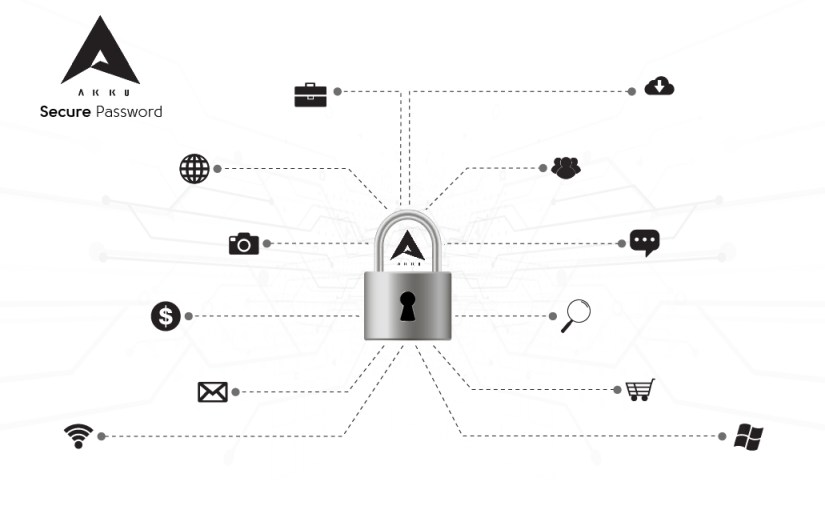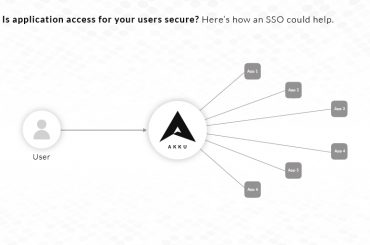The European Union enforced the General Data Protection Regulation (GDPR) in May 2018 with three main aims: to harmonize data privacy laws across Europe, to protect and empower the data privacy of all EU citizens and to reshape the way organizations across the region approach data privacy. As you can see “data privacy” is the keyword in all three of the above mentioned aims. With multiple data breaches coming to light in the recent years, even from several of the world’s biggest corporates, the European Union has enforced stringent measures to regulate the use and prevent the misuse of citizens’ data through the GDPR.
Compliance and Consequences
As stated specifically in the GDPR, all enterprises (whether businesses or organizations) must take a “high level of protection of personal data” as one of their top priorities so that the “abuse or unlawful access or transfer” of such data may be prevented. If data is breached, or if GDPR procedures are compromised, the enterprise will face serious penalties. The fine for the non-compliance to GDPR for breach of data could be up to €20 million or 4% of annual global turnover, whichever is higher, depending on the type and extent of the breach.
This applies not only to enterprises within the EU, but also to those that may be located outside and offer goods or services of any type to the EU. The GDPR rules also apply to cloud controllers and processors.
The Emphasis on Passwords
Interestingly, the GDPR does not place any direct regulations on the way passwords are created or used. However, when it comes to the protection of online data, it’s hard to argue against securing passwords being the logical first step. On the one side, businesses that provide access to customers through an online portal typically ensure that they are creating secure passwords to sign in to by enforcing password policies that define their length and other parameters.
However, the slip often occurs when the employees of these enterprises are allowed to create weak passwords for accessing in-house applications. What is often forgotten is that these applications also carry sensitive data that belong to both the enterprise and its customers. A compromise here can cost the enterprise more than just the data; it will cost its credibility as well.
A strong password policy, therefore, becomes a key first step in the path to GDPR compliance.
The Inevitability of a Password Policy
By enforcing a strong password policy, administrators can ensure that users of an enterprise’s applications set up and use only passwords that are secure and, therefore, much less susceptible to brute force attacks and other hacking attempts.
A password policy defines and enforces a set of rules that include the minimum length, acceptable combination of small and upper case letters, use of numbers and special characters, expiration period of passwords and so on.
Without a password policy, the administrators of an enterprise would have no control over the type of passwords their users set, and would have their hands tied when it comes to situations that lead to a data breach, making it hard to demonstrate the GDPR’s requirement of a “high level of protection of personal data”.
This makes a strong password policy a critical requirement for every on-premise as well as cloud-based application, both for data security and to work towards complying with this aspect of the GDPR.
The Hybrid and Multi Cloud Conundrum
Unfortunately, setting in place a password policy across all of an enterprise’s applications is much easier said than done.
Most enterprises use a wide range of applications across different platforms – both cloud-based and on-premise – with each application operating on different technologies and each with its own identity management and password policy, controlling how users set up passwords in each application can often be an expensive and time consuming process.
Implementing a common bridge layer across of the applications used by the enterprise in the form of an Identity and Access Management (IAM) solution to act as the identity provider (IdP) across all applications is the best way to overcome this challenge.
The Akku Solution
Akku is an identity and access management solution that integrates all of the on-premise and cloud-based applications of an enterprise, providing a single platform for administrators to control employee access, permissions, and levels of control within its different applications.
With Akku playing the role of the identity provider (IdP), it enables administrators to set up a single password policy that will instantly be applied to all of the applications that are accessed by a user at the workplace. This password policy holds good, irrespective of whether the application is on-premise or cloud-based, or across different platforms. Akku also allows for the secure resetting of passwords, as specified by GDPR standards. Besides password policy enforcement, Akku also utilizes a custom salted-hash function, users’ credentials are also encrypted to ensure a high level of security.
Want to explore a quick and hassle-free password policy implementation across your enterprise applications? Get in touch with us today at sales@akku.work





